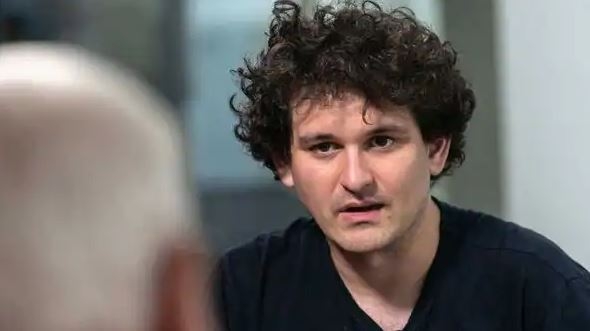Monday, the CEO of the cryptocurrency exchange FTX, Sam Bankman-Fried, turned to Twitter to reassure customers: “FTX is OK.” “Assets are healthy.”
On Friday, FTX announced that it was filing for bankruptcy, capping an extraordinary week of corporate drama that has disrupted crypto markets, sent shock waves through an industry struggling to gain mainstream credibility, and prompted government investigations that could lead to additional damaging revelations or even criminal charges.
The business announced on Twitter that Mr. Bankman-Fried had resigned and that John J. Ray III, an expert in corporate turnaround, would succeed him as CEO.
Crypto experts are startled by the swiftness of FTX’s decline. A few days ago, Mr. Bankman-Fried was regarded as one of the most intelligent leaders in the crypto sector, a powerful lobbyist in Washington who was shaping legislation. And FTX was largely regarded as one of the most dependable and trustworthy firms in the unfettered, loosely regulated cryptocurrency market.
Professor of bankruptcy law at Harvard Law School Jared Ellias said, “Here we are with one of the world’s wealthiest individuals, his net worth plummeting to nothing and his company dropping to zero.” “The rate of this failure is really incredible.”
Now that FTX has declared bankruptcy, investors and consumers are rushing to recover dollars from the company’s assets. This week, an influx of clients attempted to withdraw cash from the platform, but the firm was unable to satisfy the demand. According to those with knowledge of its finances, the exchange owes up to $8 billion.
The demise of FTX has destabilised the crypto sector, which was already suffering from a spring market catastrophe that wiped over $1 trillion. The values of Bitcoin and Ether, the two main cryptocurrencies, have fallen. As a consequence of FTX’s failure, the cryptocurrency lender BlockFi announced on Thursday that it was stopping operations.
Mr. Bankman-Fried was financed by Sequoia Capital and Lightspeed Venture Partners, two of the most prominent venture capital firms in Silicon Valley. Some of these investors have said that their nine-figure investments in the cryptocurrency exchange are now practically worthless in light of issues about how thoroughly they examined FTX before investing.
The company’s downfall has also sparked a reckoning about the prevalence of hazardous practises in the crypto business, which was formed in part as a corrective to the sort of speculative financial engineering that precipitated the 2008 financial crisis.
Mr. Bankman-Fried tweeted on Friday, “I’m very sorry that we’re in this situation,” expressing his regret. This will hopefully contribute to greater openness, trust, and governance.
The bankruptcy filing signals the beginning of what will likely be months or years of legal consequences, as attorneys attempt to determine if the exchange can ever continue to function and consumers seek recompense. The Securities and Exchange Commission and the Justice Department are already investigating FTX to see if the business inappropriately utilised client cash to prop up Alameda Research, a trading firm also formed by Mr. Bankman-Fried.
The filing includes FTX, its U.S. subsidiary, and Alameda. According to a skeletal legal filing in U.S. Bankruptcy Court in Delaware, FTX’s assets and liabilities are estimated between $10 billion and $50 billion. The firm has over 100,000 creditors, according to the petition.
The bankruptcy is a spectacular fall from grace for 30-year-old Mr. Bankman-Fried, who built a reputation as a boy genius with several lovable idiosyncrasies, such as sleeping on a beanbag chair at the workplace. At one time, he was one of the industry’s wealthiest individuals, with an estimated $24 billion in assets. He socialised with celebrities, sportsmen, and past global leaders.
The structure of Mr. Bankman-crypto Fried’s business was intricate. There are almost 130 business entities linked with FTX and Alameda included in the bankruptcy petition. However, as of June, FTX had just approximately 300 workers, which was a source of pride for Mr. Bankman-Fried, who claimed he had rejected venture capitalists’ requests to add more people.
Mr. Bankman-Fried said on Twitter in June, “We informed them that adding too many people too rapidly would result in a net loss.” They might accept or reject it.
Unusually for a big startup, none of FTX’s investors sat on the board, which consisted of Mr. Bankman-Fried, another FTX CEO, and an Antigua and Barbuda-based attorney.
FTX and Alameda were headquartered in the Bahamas, where Mr. Bankman-Fried and a small group of senior executives made the majority of decisions and resided at a luxury resort. Officially, Alameda was managed by Caroline Ellison, a former trader for the hedge fund Jane Street; nonetheless, Mr. Bankman-Fried was highly engaged and contributed to major trading decisions, according to a source with knowledge of the situation.

